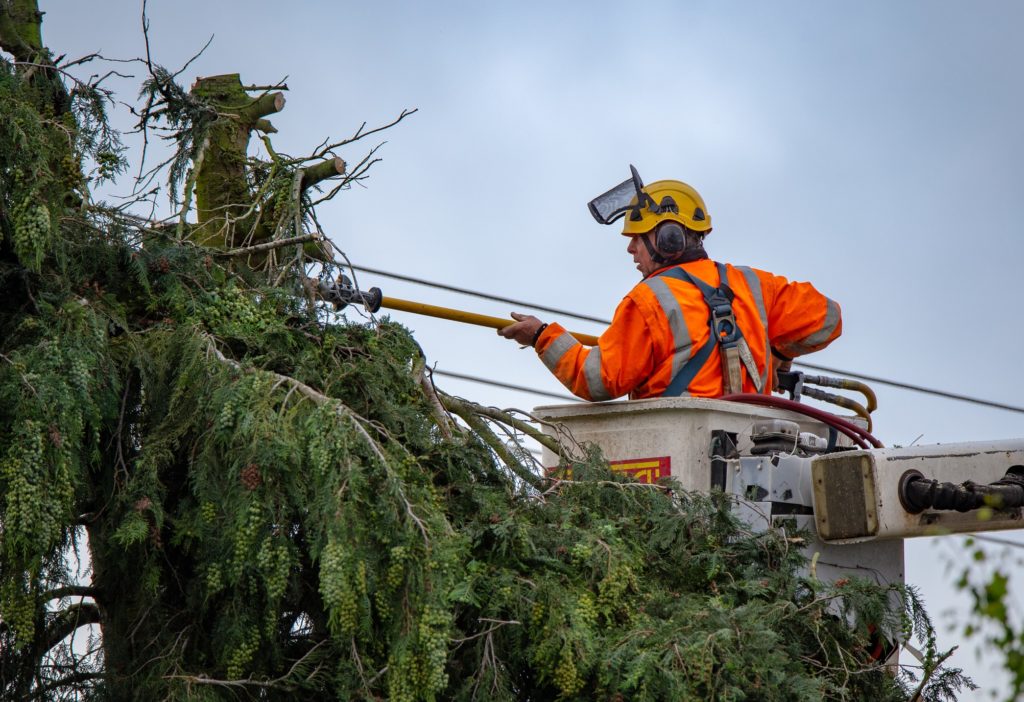You have numerous responsibilities as a homeowner. Keeping your home in good repair, shoveling the Homewood driveway and sidewalk in timely fashion, mowing the lawn regularly, and so on. Yet even seasoned homeowners are surprised to learn what they are on the hook for – financially or otherwise – when it comes to certain property care matters.
While civic ordinances differ from community to community, it’s important to know when a responsibility falls on you or someone else.

Who trims trees that grow into overhead power lines?
Heavy snow, gusty winds, and lightning can send branches crashing onto power lines causing a power outage for you and your neighbors. It’s important to keep branches trimmed back, but in most states that task falls to the utility company. Contact your utility company if you notice branches getting too close to power lines and if it is your responsibility, don’t attempt this repair yourself. It’s too dangerous.
Who pays to repair a backed-up sewer line?
The responsibility to repair depends on the cause and whether the blockage lies on the town’s side of the sewer system or the homeowner’s. For example, if the blockage is due to tree roots having infiltrated the sewer line on your property, the repair will be on your dime. If damage is on the municipal side of the sewer line, the city is responsible.
Who maintains the small grassy area next to the street?
In many communities, homeowners have a small easement, often a grassy area, located on the street side of the sidewalk. While a homeowner is restricted to what can and can’t be done with this area, they are responsible for mowing and watering it when needed. In fact, some communities may hire someone to maintain it and bill the homeowner if it’s not taken care of within a reasonable period of time.
What if a neighbor’s tree falls in my yard?
If a tree or large branch falls and causes damage to your fence, roof, or landscaping, repair costs are likely covered by your homeowner’s insurance policy (check yours to be certain). However, if the damage is to your car, your homeowner’s policy may not cover it; you may need to file a claim with your auto insurer.
Who should dig out fire hydrants after a snowstorm?
During a snowstorm, a city’s fire hydrants often get buried in snow. In most cases, the town carries that responsibility, but will often encourage homeowners to clear the area around a fire hydrant that is located on or near their property. Otherwise, valuable time is lost if firefighters need to dig out a hydrant before they can battle a blaze.
Here at Eagle Service Company, we don’t clear hydrants of snow, trim trees, or remove branches from power lines. But we do maintain, repair, and replace indoor and underground drain and sewer lines. So, should you experience any kind of blockage, leak, or anything else that seems out of the ordinary, contact Eagle for prompt and expert service. It’s what we’re known for.


